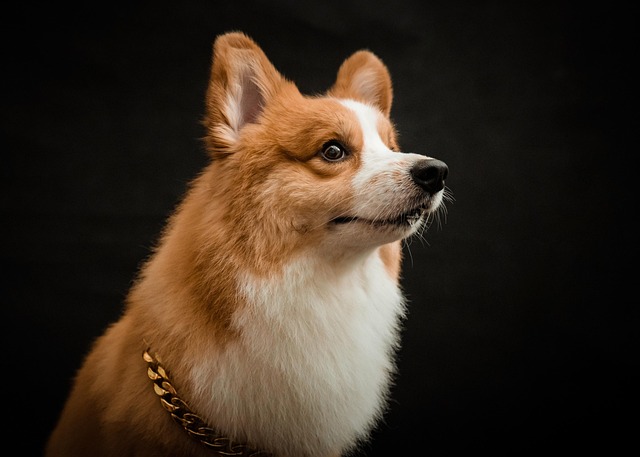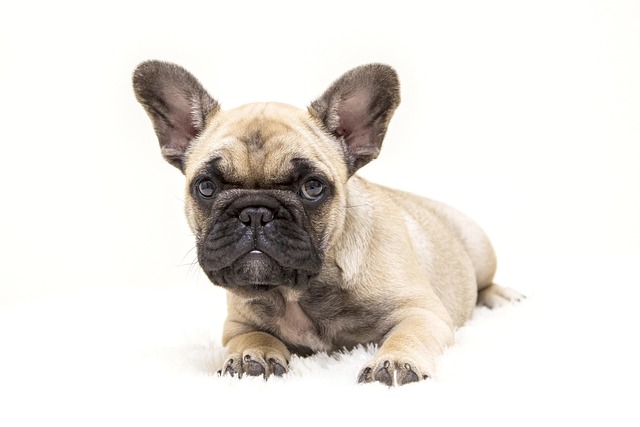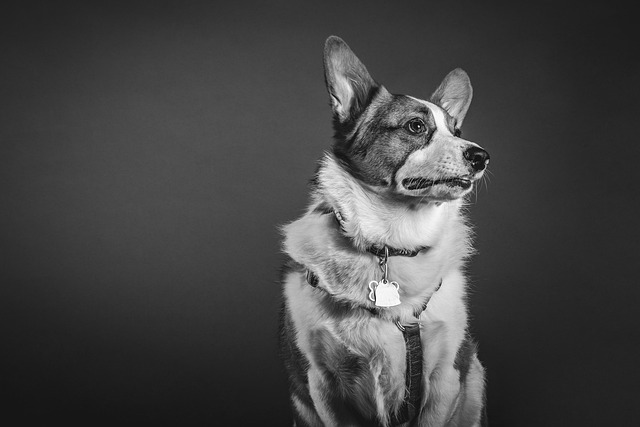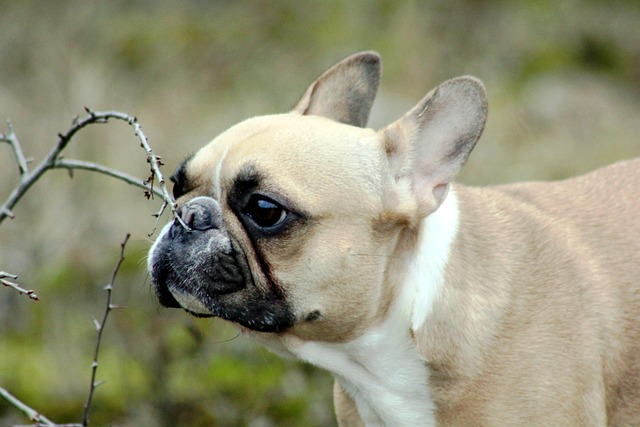
How to calm down an aggressive dog?
Seeing your dog growl, snarl, or bare their teeth can send a chill down your spine. Aggression isn’t just scary—it’s a cry for help from your furry friend.
That tiny furry bundle of joy has just arrived home, and while your heart melts watching them explore their new world, nighttime brings a completely different challenge. If you've ever found yourself stumbling around at 3 AM, wondering whether your 8-week-old puppy actually needs to go outside or if they're just confused about their new surroundings, you're definitely not alone in this journey.
The reality is that 8 week old puppy toilet training at night presents unique hurdles that catch many new pet parents off guard. At this tender age, your puppy's bladder is roughly the size of a marble, capable of holding urine for only about one hour per month of age – meaning your little one might genuinely need bathroom breaks every two hours throughout the night. Their sleep patterns haven't yet synced with our human schedules either, creating a perfect storm of midnight wake-up calls that can leave everyone in the household feeling frazzled.
What makes this particularly challenging is that puppies at this age are still developing their understanding of appropriate elimination locations. During daylight hours, you might notice they're starting to grasp the concept of going outside, but nighttime introduces a whole new set of variables that can completely derail their progress. The darkness, different sounds, and altered household energy all contribute to confusion that manifests as accidents or anxious whining.
Your puppy's immature nervous system also means they're not yet capable of "holding it" through the night like an adult dog would. This isn't a training failure on your part – it's simply biological reality. Understanding this fundamental limitation helps set realistic expectations and prevents the frustration that often accompanies those first few weeks of puppy parenthood.
Environmental cues play a far more significant role in your puppy's nighttime behavior than most people realize. These young dogs are incredibly sensitive to changes in their surroundings, and what might seem like minor variations to us can completely throw off their developing routines. Lighting conditions, for instance, dramatically influence their circadian rhythms and their ability to distinguish between sleep time and active periods.
Consider how your puppy responds to different types of illumination during nighttime bathroom trips. Harsh overhead lights can overstimulate them, making it difficult to settle back down after elimination. Conversely, complete darkness might make them feel insecure or unable to locate their designated bathroom area. Many successful puppy owners find that soft, dim lighting – perhaps from a small nightlight or the glow from a phone flashlight – provides just enough visibility without disrupting their sleep cycle.
Sound environments matter tremendously as well. That seemingly quiet house at 2 AM is actually filled with subtle noises that your puppy's sensitive ears pick up easily. The hum of the refrigerator, settling house sounds, or even distant traffic can either calm them or create anxiety that interferes with their toilet training progress. Some puppies actually benefit from consistent white noise, which masks unpredictable sounds and creates a more stable auditory environment for both sleeping and nighttime bathroom trips.
Temperature fluctuations also send powerful environmental cues that affect your puppy's comfort level and willingness to eliminate outside. A sudden blast of cold air when you open the door can cause them to associate bathroom time with discomfort, leading to reluctance or incomplete elimination that results in accidents shortly after coming back inside.
The science behind puppy sleep cycles reveals fascinating insights that can transform your approach to nighttime toilet training tips for puppies. Young puppies experience shorter REM cycles than adult dogs, typically lasting about 20 minutes compared to the hour-long cycles seen in mature canines. This means they naturally wake more frequently throughout the night, and these brief awakening periods often coincide with the need to urinate.
During these lighter sleep phases, puppies are more responsive to gentle cues and environmental changes. This presents an opportunity for proactive owners who learn to recognize these natural wake cycles. Rather than waiting for distressed whining or scratching, you can anticipate these moments and provide timely bathroom opportunities before accidents occur.
Research in canine behavior suggests that puppies develop conditioned responses to specific environmental stimuli remarkably quickly. When you consistently pair certain cues – like picking up their leash, speaking in a particular tone, or following the same pathway to the door – with successful bathroom trips, you're essentially programming their brain to recognize these signals as precursors to elimination opportunities.
The neurological development happening in 8-week-old puppies also means their ability to associate cause and effect is still forming. This is why timing becomes absolutely crucial in nighttime training. The window between their recognition of needing to eliminate and their ability to communicate this need to you is incredibly narrow – sometimes as brief as 30 seconds.
Creating effective environmental cues for puppy training requires thoughtful consideration of your specific living situation and your puppy's individual temperament. Start by establishing a consistent pathway from their sleeping area to the designated bathroom spot. This might mean placing a small rug or mat that provides tactile feedback under their paws, helping them learn the route even in low light conditions.
Develop a specific sequence of actions that always precedes bathroom trips. This could involve quietly saying their name, gently touching their shoulder, or making a soft clicking sound with your tongue. The key is absolute consistency – using the exact same cue every single time trains their brain to associate that signal with bathroom time, making future trips more efficient and less stressful for both of you.
Consider the practical aspects of your nighttime routine as well. Keep a leash by the door so you're not fumbling around in the dark, potentially waking other household members or creating additional stress for your puppy. Some owners find success with potty bells hung at their puppy's nose level, teaching them to ring the bell when they need to go out. However, be prepared for some initial false alarms as they learn to distinguish between wanting attention and actually needing to eliminate.
The location of your puppy's sleeping area significantly impacts their nighttime bathroom training success. Placing their crate or bed too far from the door increases the likelihood of accidents during the journey outside. Conversely, positioning them too close to high-traffic areas might result in frequent wake-ups from normal household sounds, leading to unnecessary bathroom trips that can actually slow the training process.
Weather considerations shouldn't be overlooked when developing your environmental cue strategy. Puppies quickly learn to associate certain conditions with discomfort, so having a backup plan for extreme weather helps maintain training consistency. This might involve teaching them to eliminate on a covered porch or having indoor alternatives like puppy pads positioned in a specific location.
Monitoring your progress with puppy nighttime bathroom training requires patience and detailed observation rather than strict adherence to timelines you might find online. Every puppy develops at their own pace, and factors like breed, individual temperament, and previous experiences all influence their learning speed. Keep a simple log of successful trips, accidents, and any patterns you notice in their behavior or timing.
Watch for subtle signs that indicate your environmental cues are taking effect. These might include your puppy automatically moving toward the door when they hear their specific cue, showing less resistance to nighttime trips, or beginning to eliminate more quickly once outside. These small victories often occur weeks before complete nighttime dryness is achieved, so recognizing them helps maintain your motivation during the challenging early stages.
Common setbacks in nighttime training often stem from inconsistency in environmental cues rather than your puppy's inability to learn. If you notice increased accidents or resistance to bathroom trips, examine whether you've inadvertently changed your routine, introduced new stimuli, or altered the environmental conditions they've come to associate with successful elimination.
Sometimes what appears to be a training regression is actually your puppy responding to changes you haven't consciously noticed. This could be seasonal shifts in outdoor temperature, different family members handling nighttime duties, or even subtle changes in your own stress levels that your puppy picks up on and responds to with increased anxiety.
Adapting your approach based on your puppy's feedback is crucial for long-term success. If your current environmental cues aren't producing results after several weeks of consistent application, don't hesitate to modify your strategy. This might mean adjusting lighting levels, changing the specific verbal cue you use, or altering the timing of bathroom trips based on your puppy's natural rhythms.
Remember that successful how to train puppy to go potty at night strategies often require weeks or even months to fully develop. Your 8-week-old puppy is still learning basic life skills, and nighttime toilet training represents just one aspect of their complex development process. Celebrating small improvements and maintaining consistency with your environmental cues will ultimately lead to the dry nights you're hoping for, even though the journey might feel longer than anticipated.

Seeing your dog growl, snarl, or bare their teeth can send a chill down your spine. Aggression isn’t just scary—it’s a cry for help from your furry friend.

You’ve just brought home a fluffy 8-week-old puppy, and within minutes, they’ve had an accident on your brand - new rug.

Toilet training your dog varies widely by breed, age, and temperament. Patience, consistency, and tailored routines unlock success—no one-size-fits-all timeline here.

Ever noticed your normally friendly Labrador suddenly growling when you try to take away their food, or a Pomeranian snapping during playtime? This isn't just 'bad behavior'—it's conflict aggression, a survival mechanism gone awry.

Master puppy nighttime potty training by balancing their needs and your sleep. Learn when to take breaks, how to plan, and keep training stress-free for both.

Watching your dog growl,lunge,or snap at others can feel like a punch in the gut.It's natural to want to solve the problem on your own—after all,who knows your furry friend better than you?But training an aggressive dog isn't like teaching basic commands.